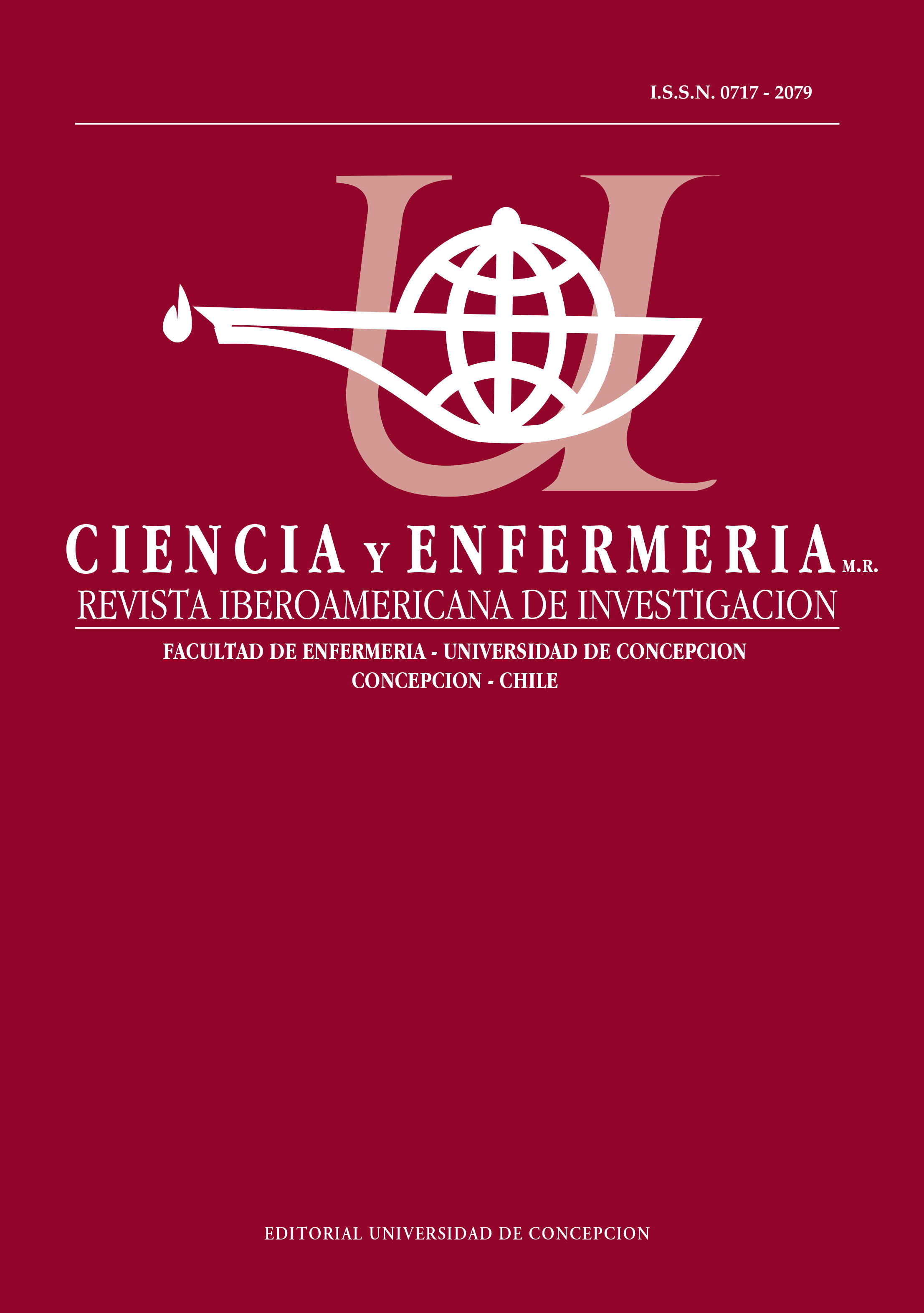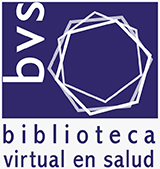QUALITY OF NURSING CARE FOR THE ELDERLY IN PRIMARY HEALTH CARE IN MINAS GERAIS (BRAZIL)
DOI:
https://doi.org/10.29393/CE29-10QAMF40010Keywords:
Primary Health Care, Elderly Health, Role of the Nursing professional, Geriatric Nursing, Basic Health IndicatorsAbstract
Objectives: To evaluate the reliability, feasibility, usability and usefulness of the indicators of quality of care
for the elderly in primary health care, and to describe the quality of nursing care for the elderly. Materials
and Methods: Cross-sectional study with a quantitative approach, developed in the context of the Family
Health Strategy program in a municipality of the State of Minas Gerais. The study population consisted of nursing professionals (indicators collected through interviews), elderly medical records (indicators collected
through supervision), managers of municipal health departments (assessment of usefulness and usability) and field evaluators (assessment reliability and feasibility/availability). 22 indicators (5 managerial and 17 related to nursing care), available online at the Harvard Dataverse repository, were used. Descriptive analysis was used
through absolute and percentage frequencies. Reliability was measured by concordance analysis between the
collected data using the Kappa index. Feasibility was measured on a scale of one to nine: the higher the better
the feasibility; for usefulness and usability a scale ranging from 1 point (not recommended) to 9 points (highly
recommended) was used. Results: The reliability of the indicators, measured through interviews and analysis
of medical records, showed 100% of concordant responses, so that it was considered relevant. Seven indicators
were not available and, among these, two were considered unfeasible: usefulness and usability had a positive
evaluation; there was a low percentage of compliance with the indicators, which shows low quality of nursing
care provided to the elderly. Conclusions: The results showed substantial reliability in the collection, feasibility in most of the indicators, usefulness and usability with positive evaluation and low percentage of compliance with the indicators.
Downloads
Published
How to Cite
Issue
Section
Copyright (c) 2023 Flavia Aparecida Dias Marmo, Maria Gonçalves Silva, Darlene Mara dos Santos Tavares, Nayara Gomes Nunes Oliveira

This work is licensed under a Creative Commons Attribution 4.0 International License.













